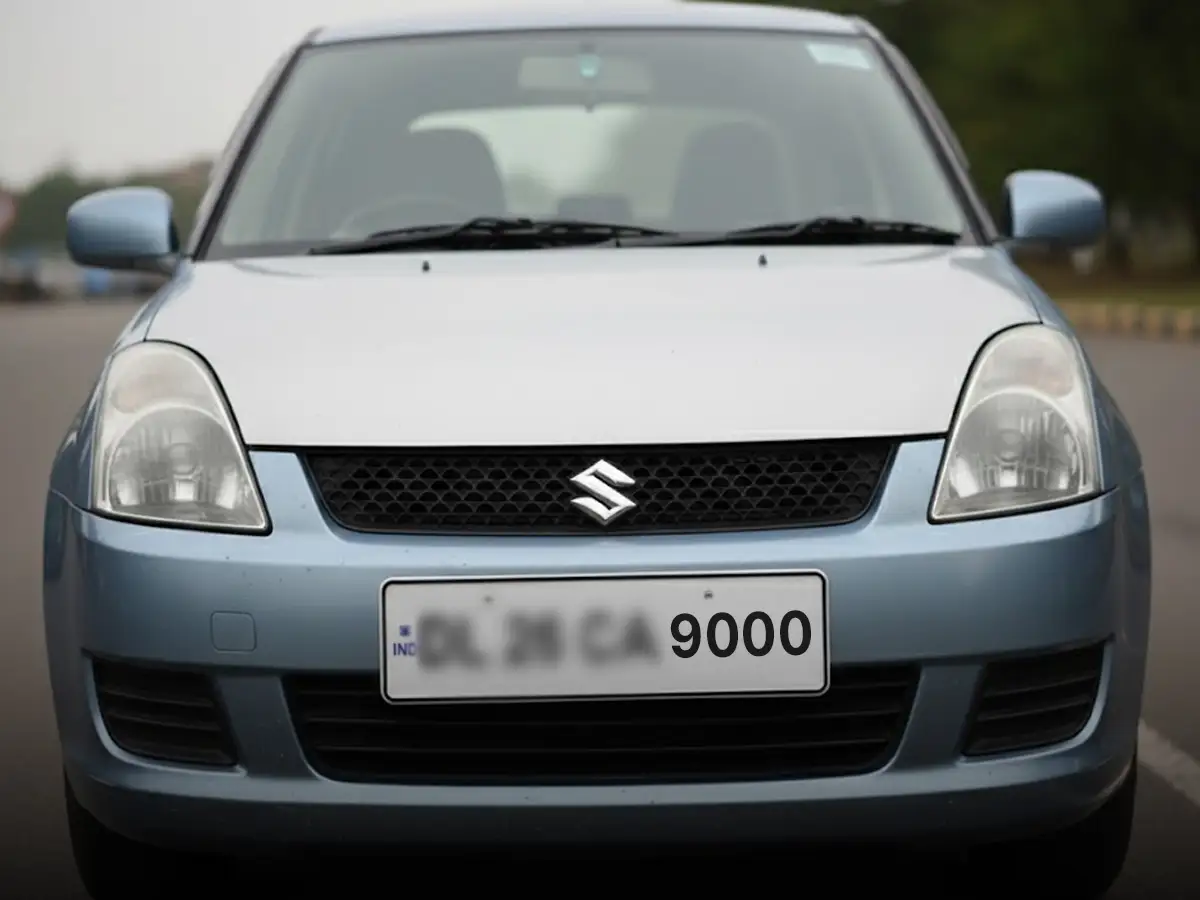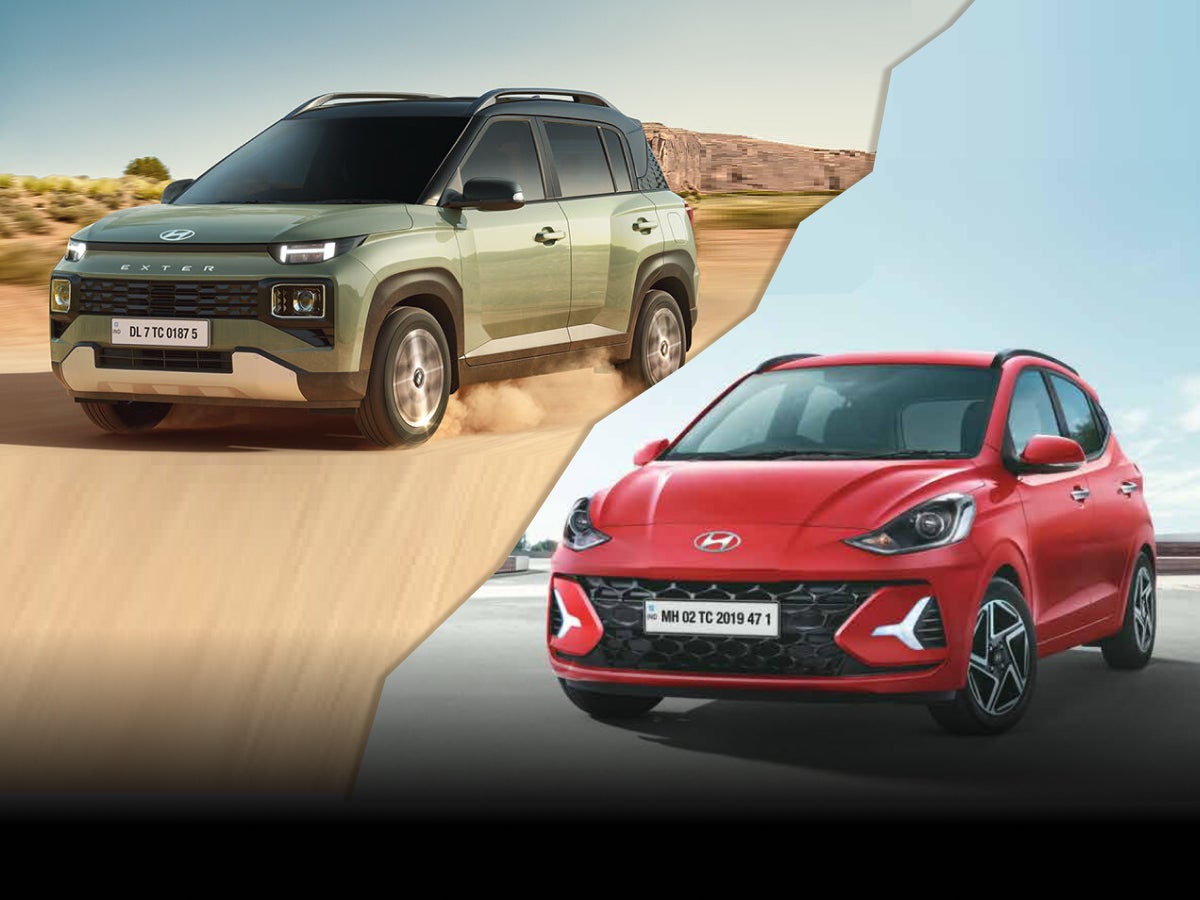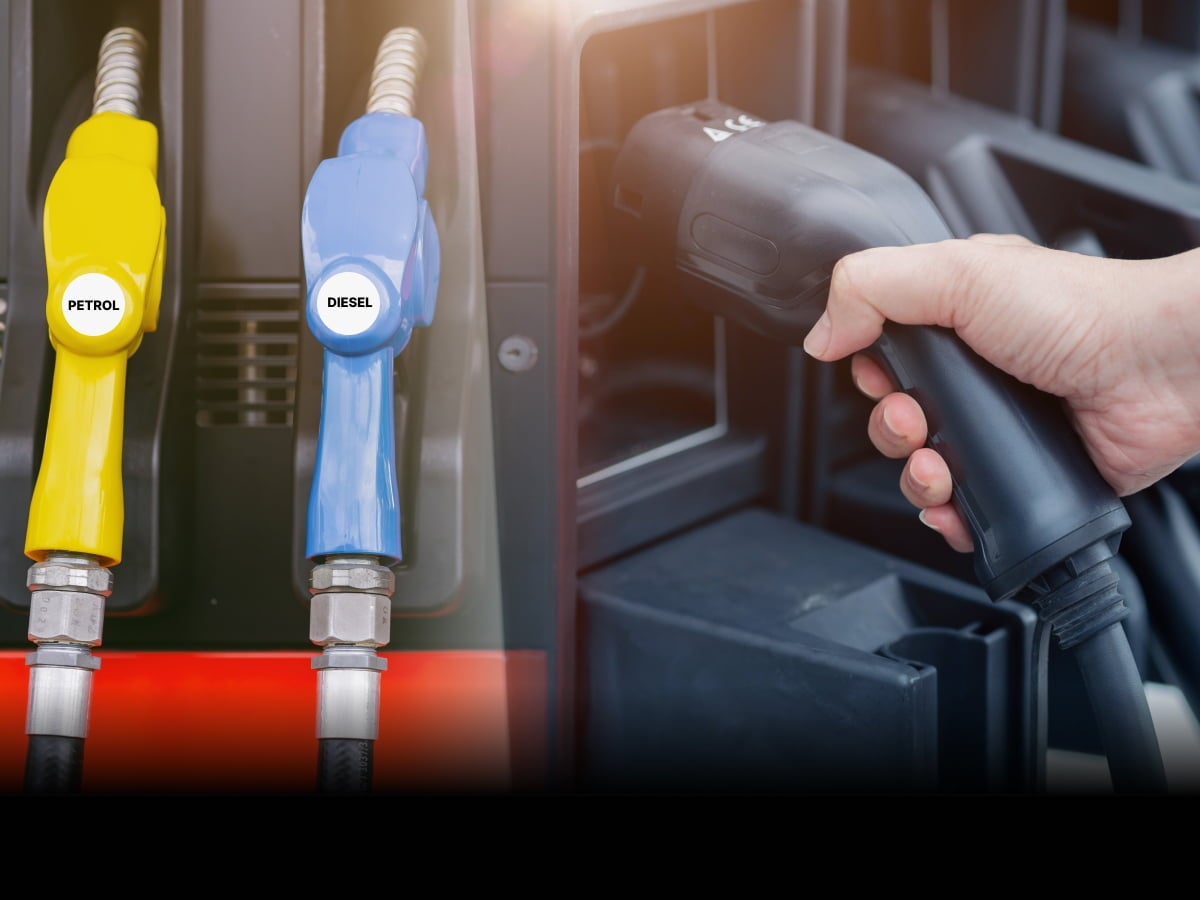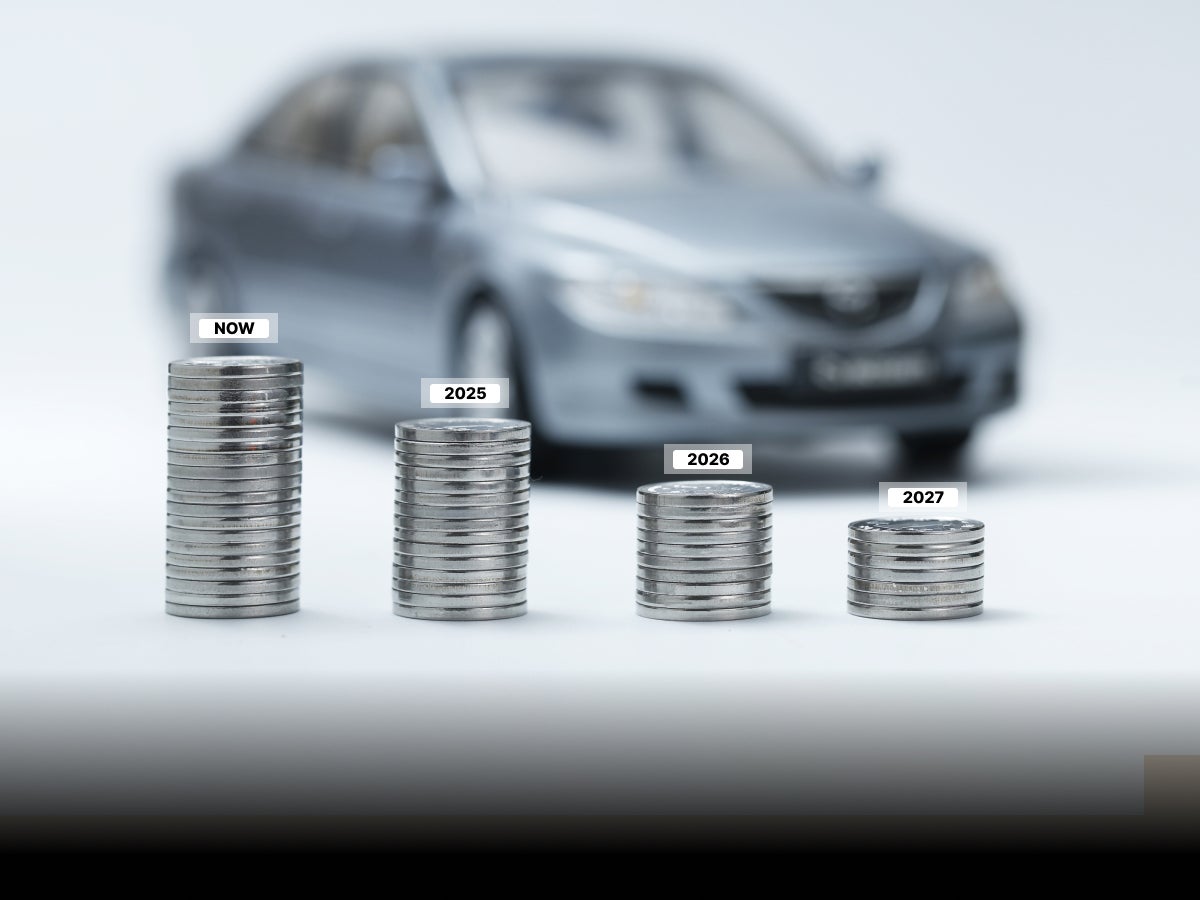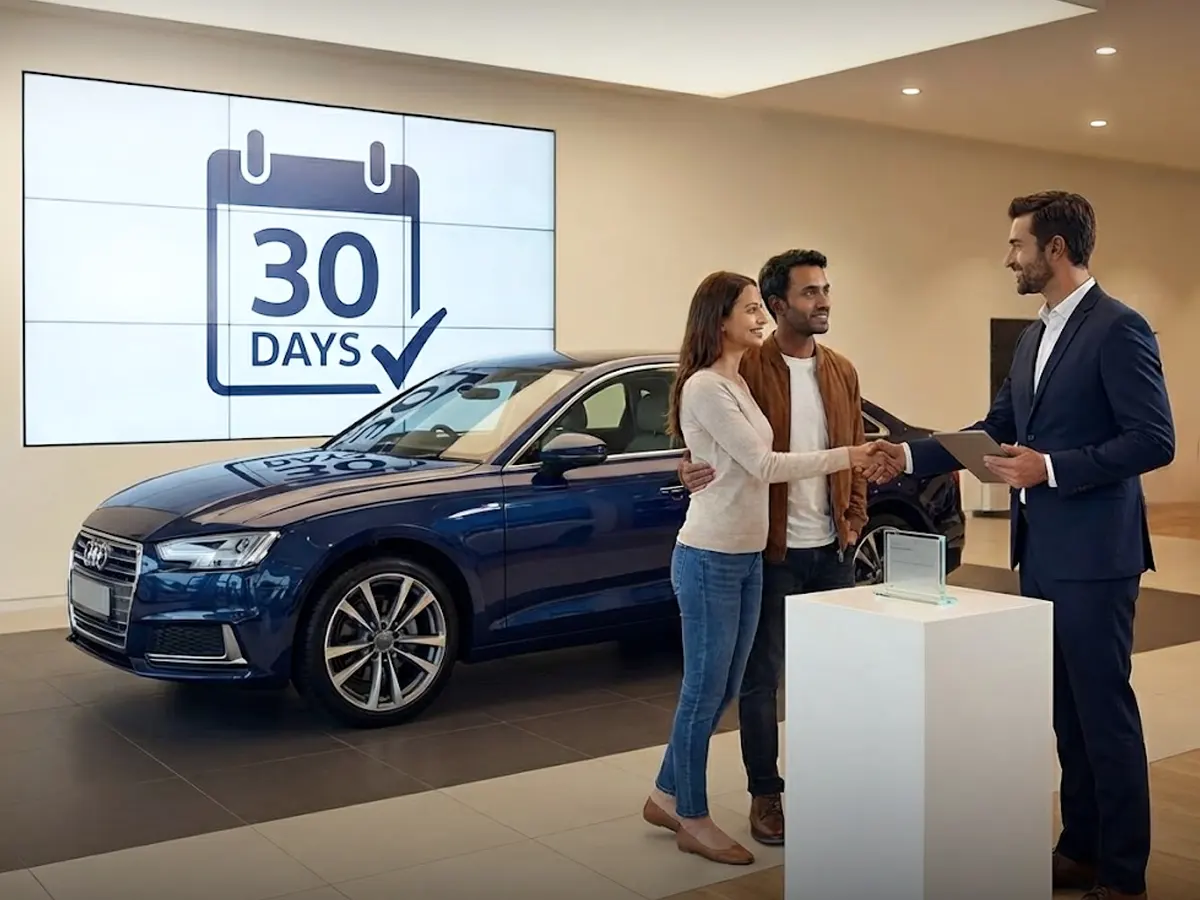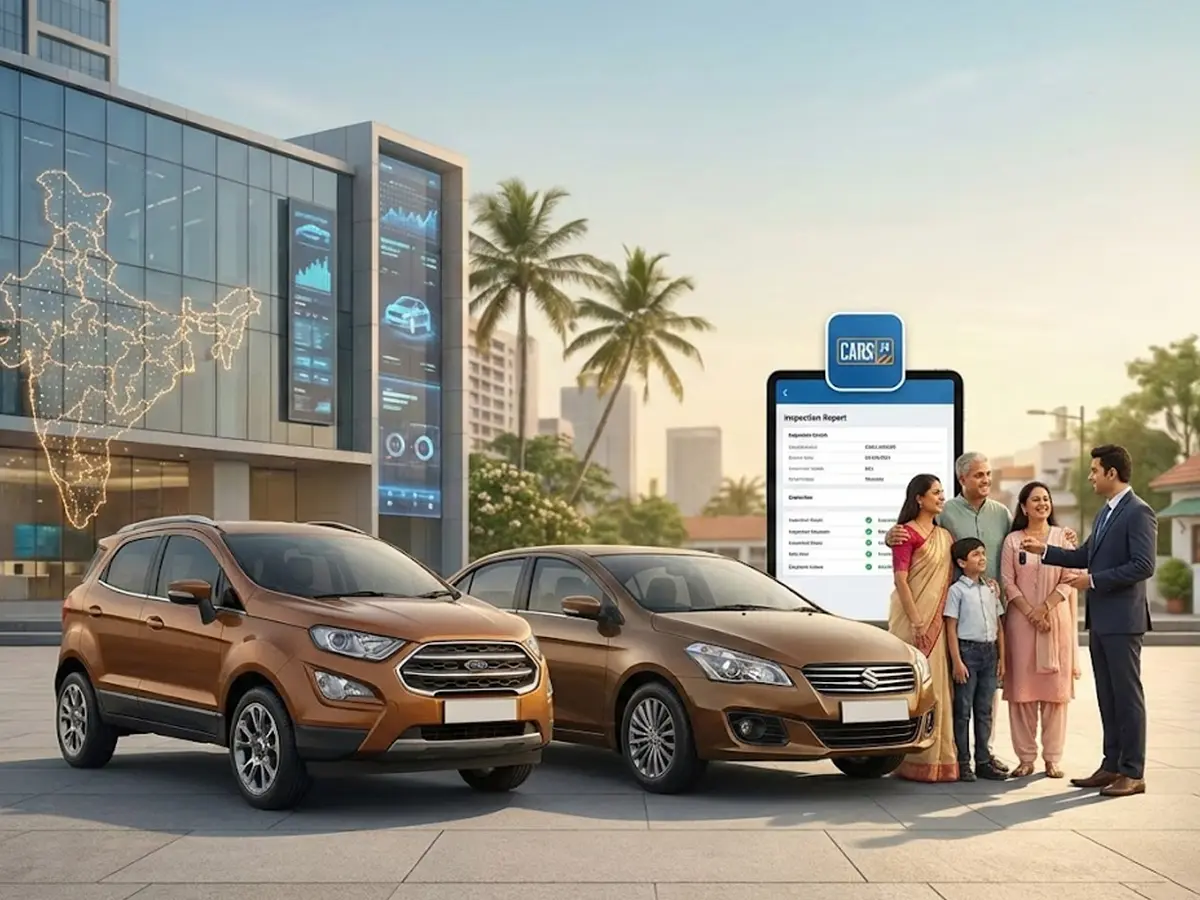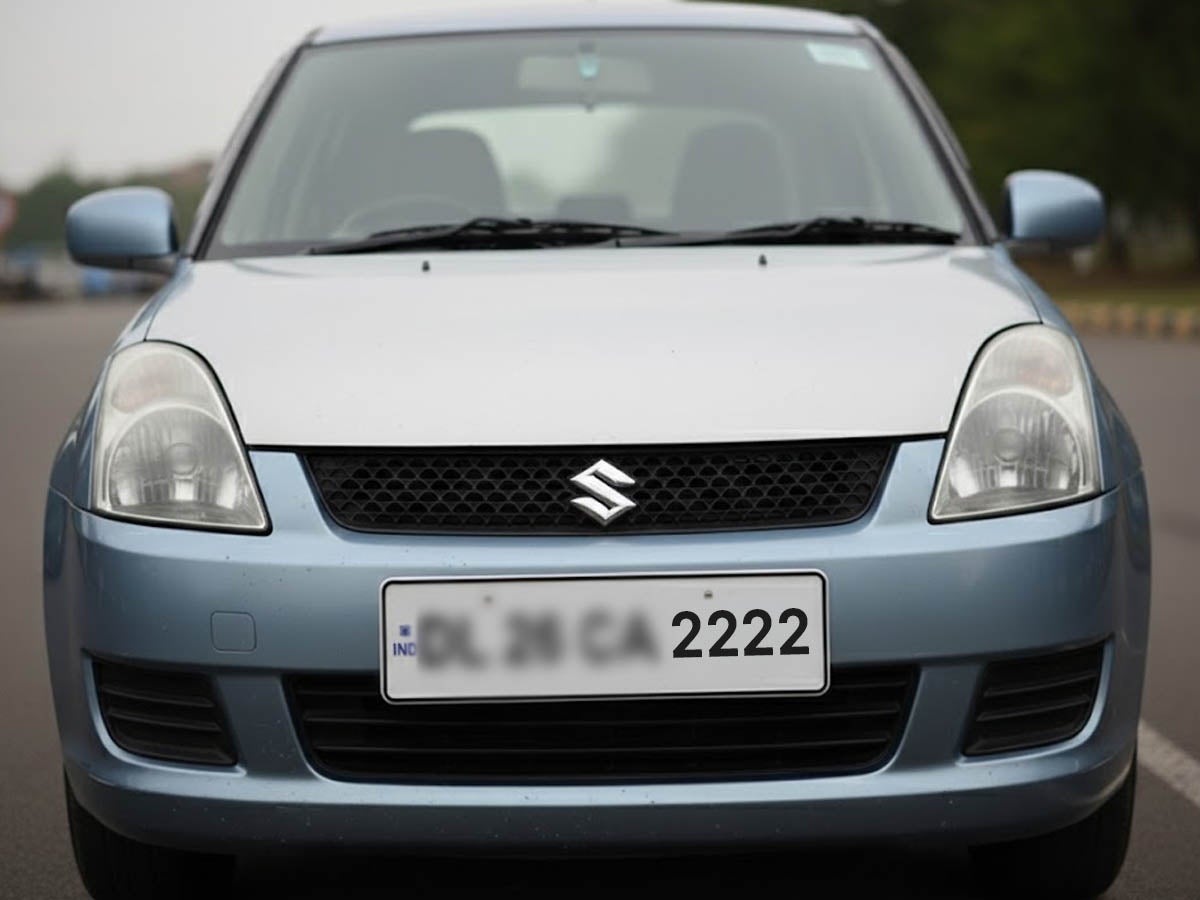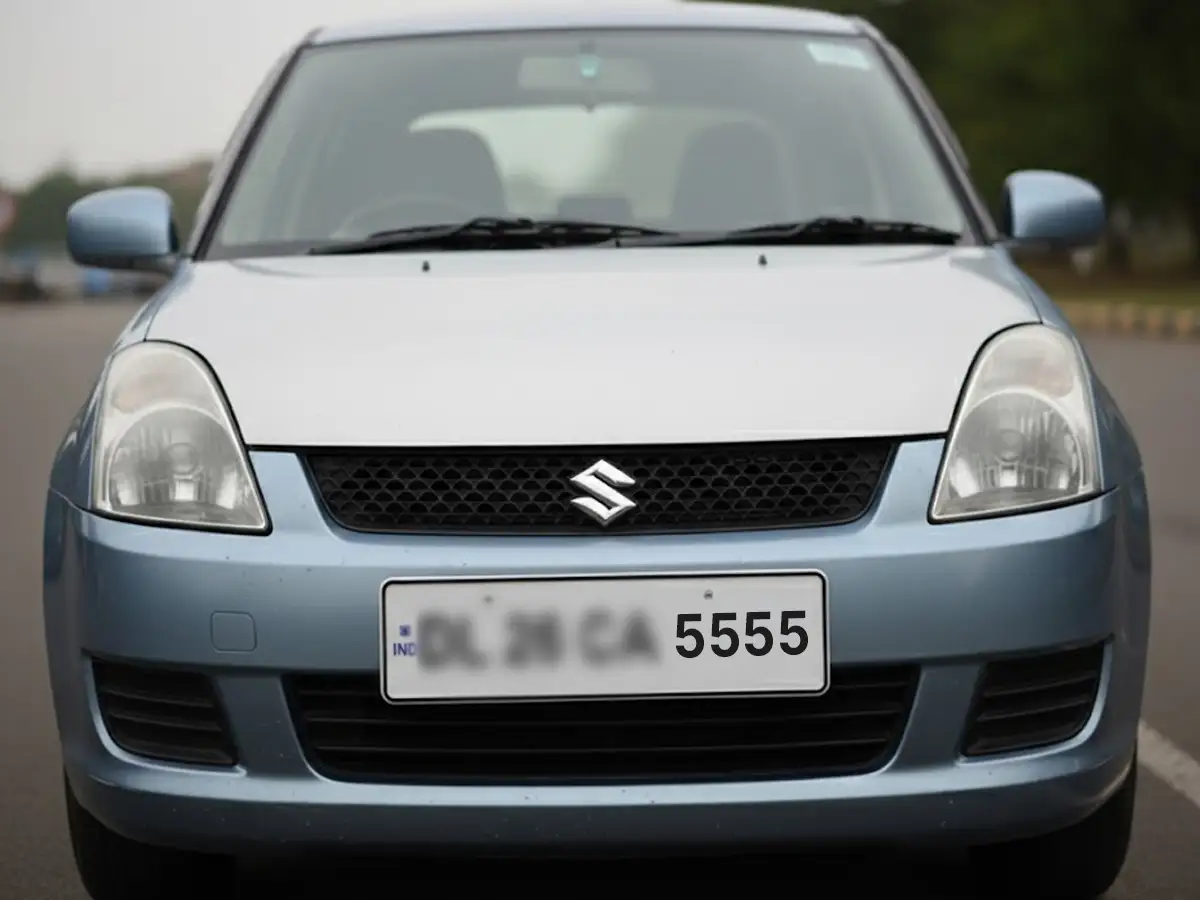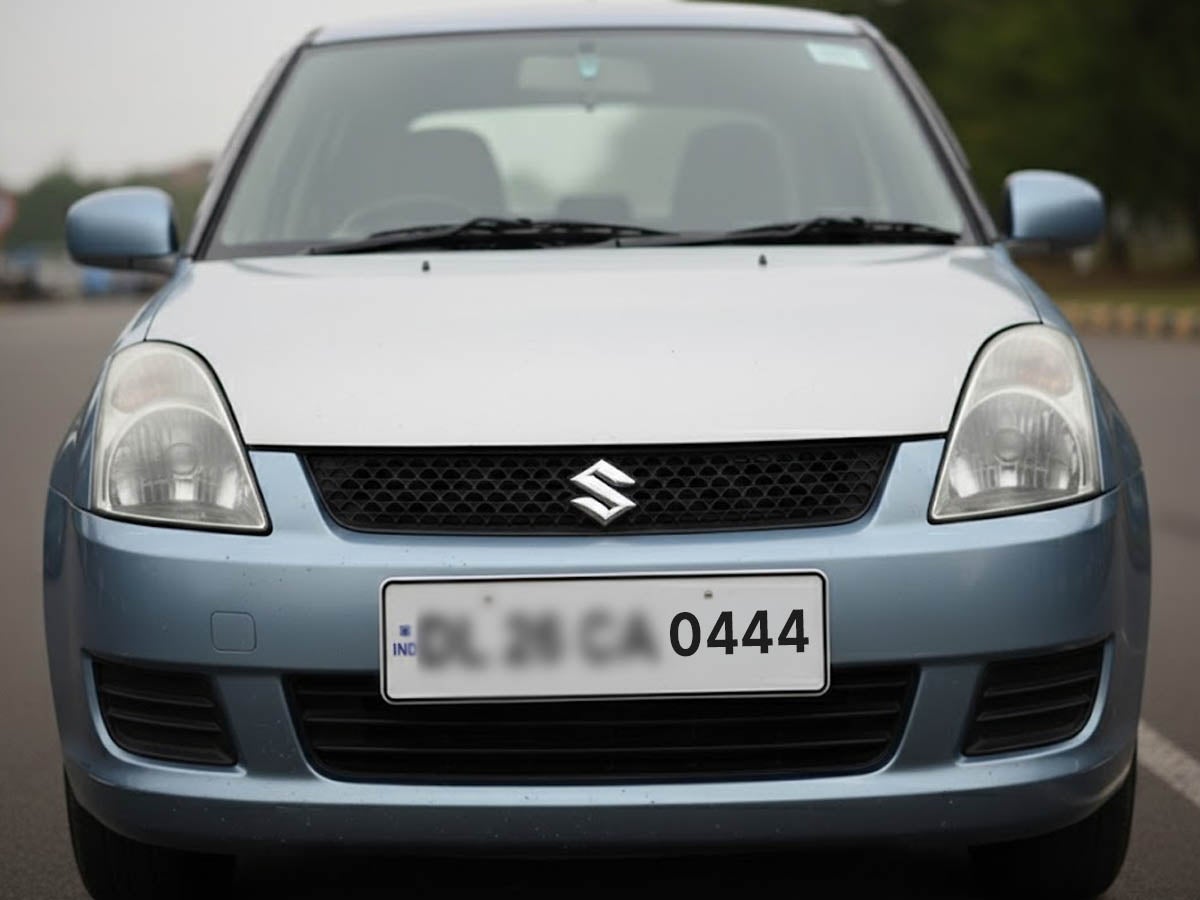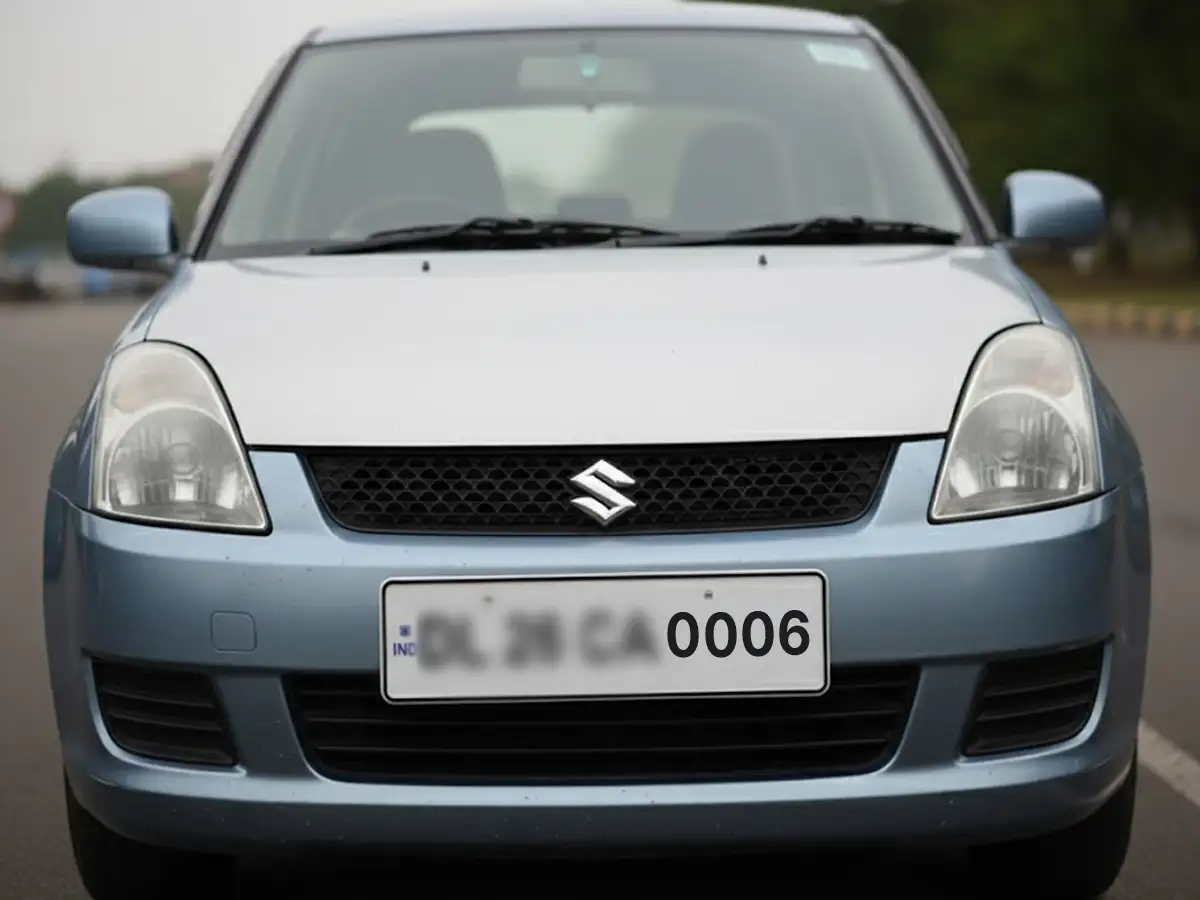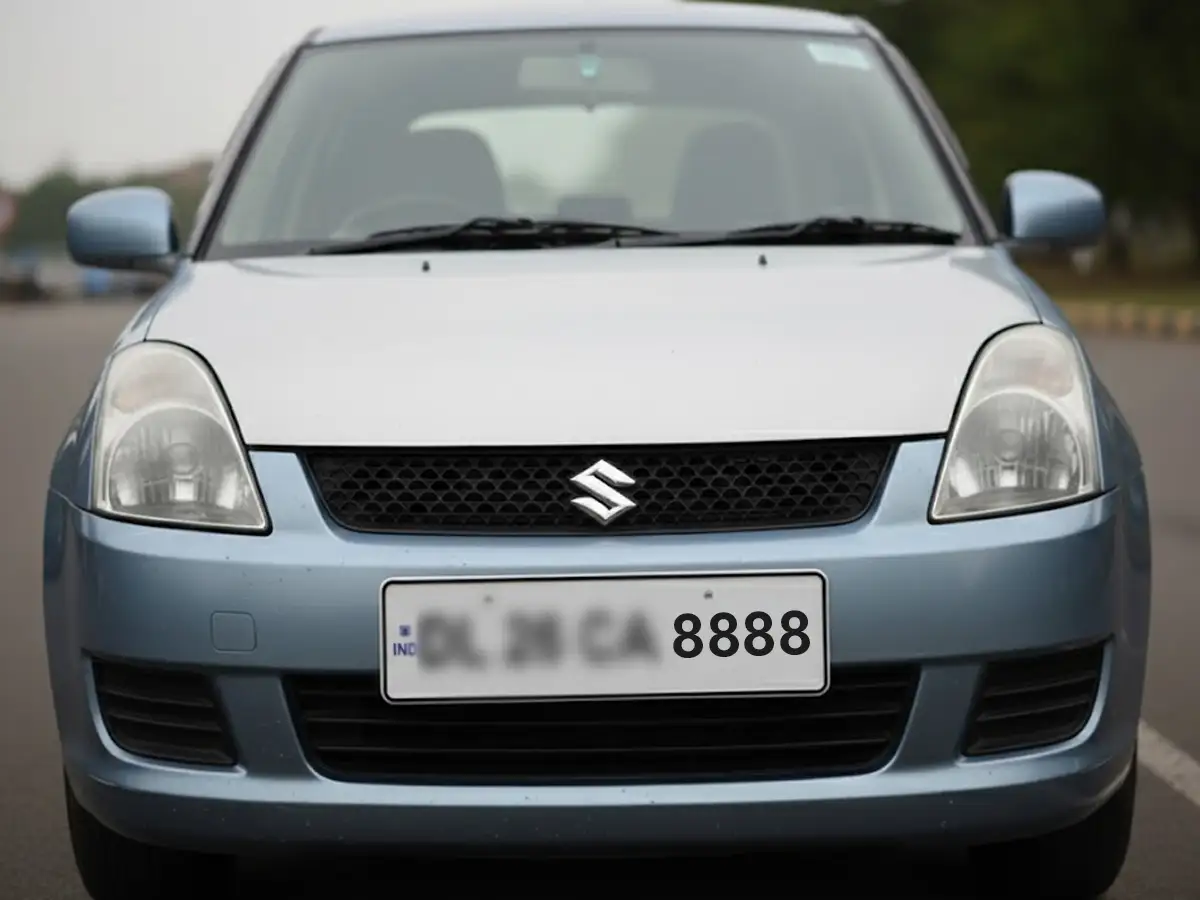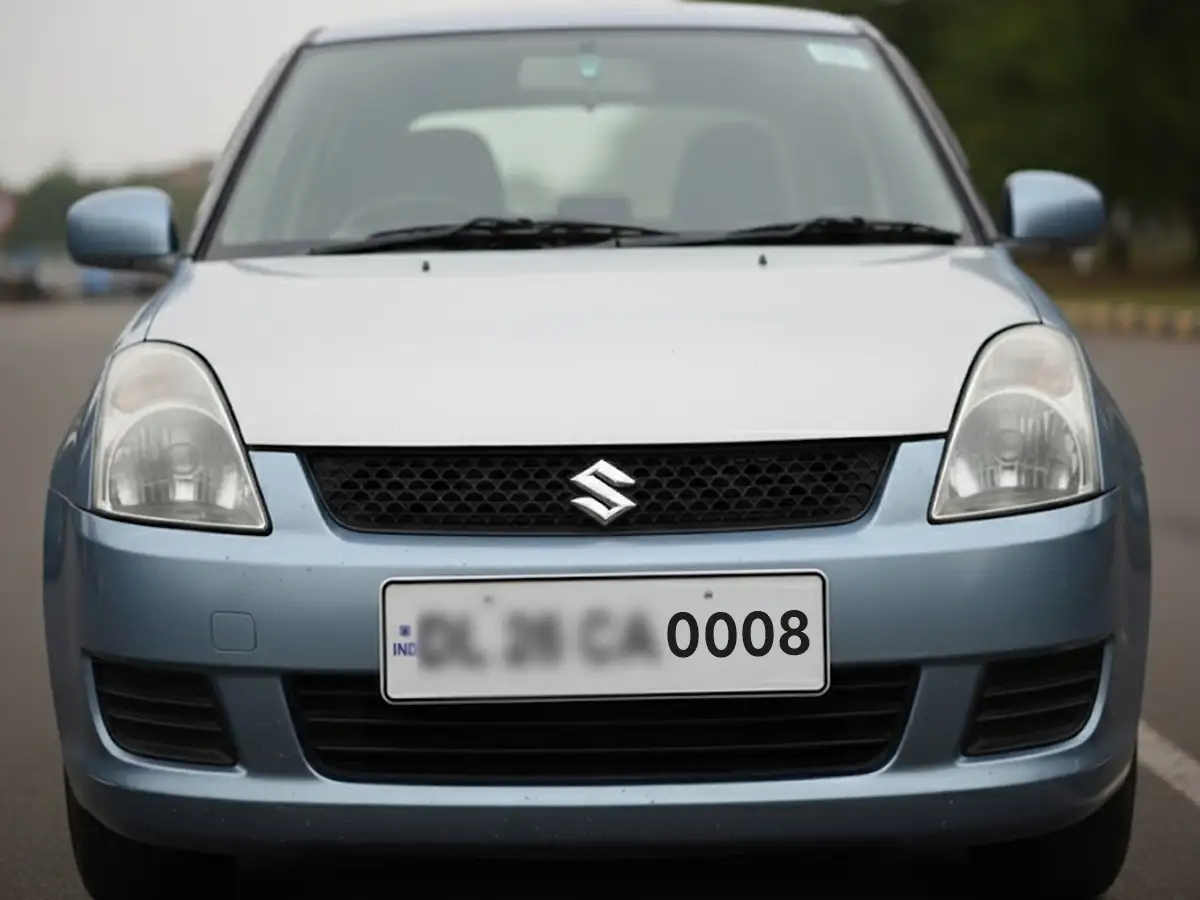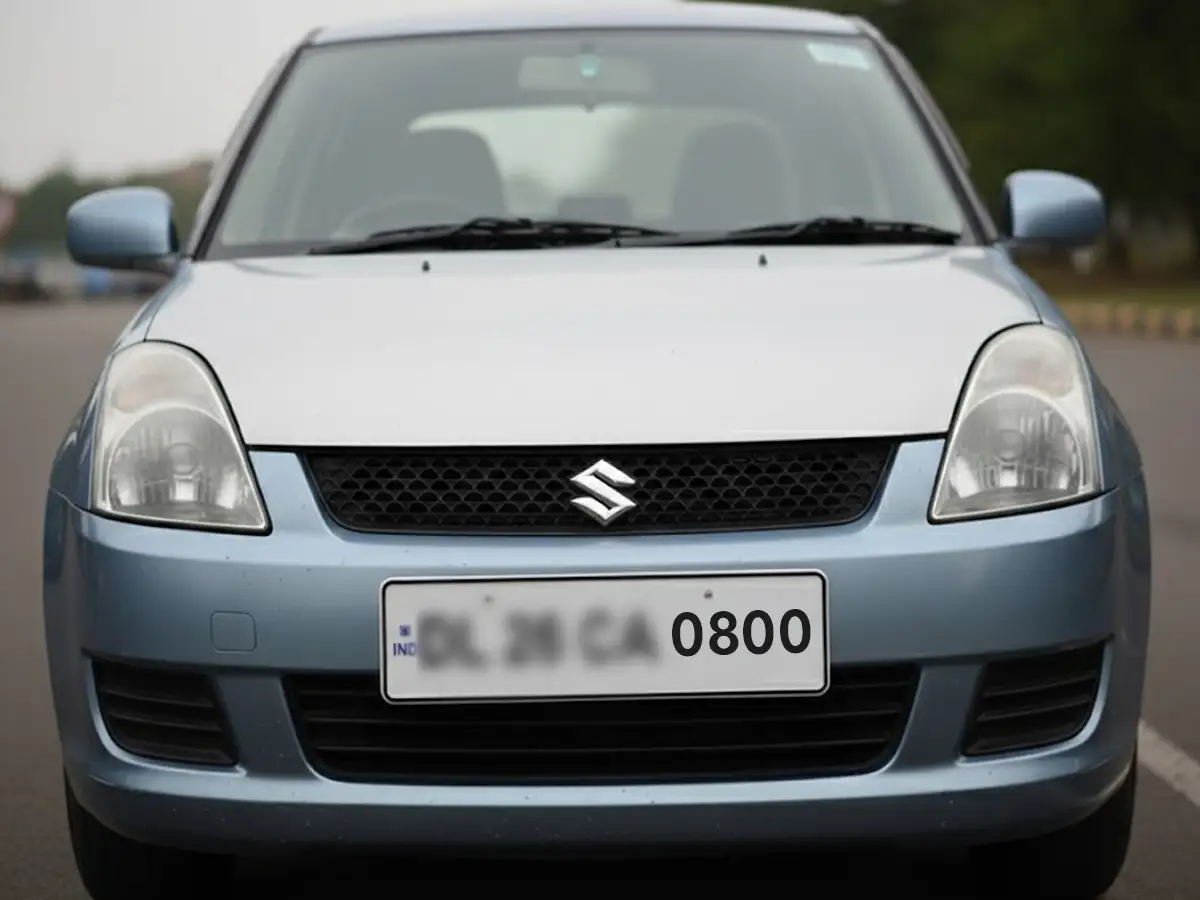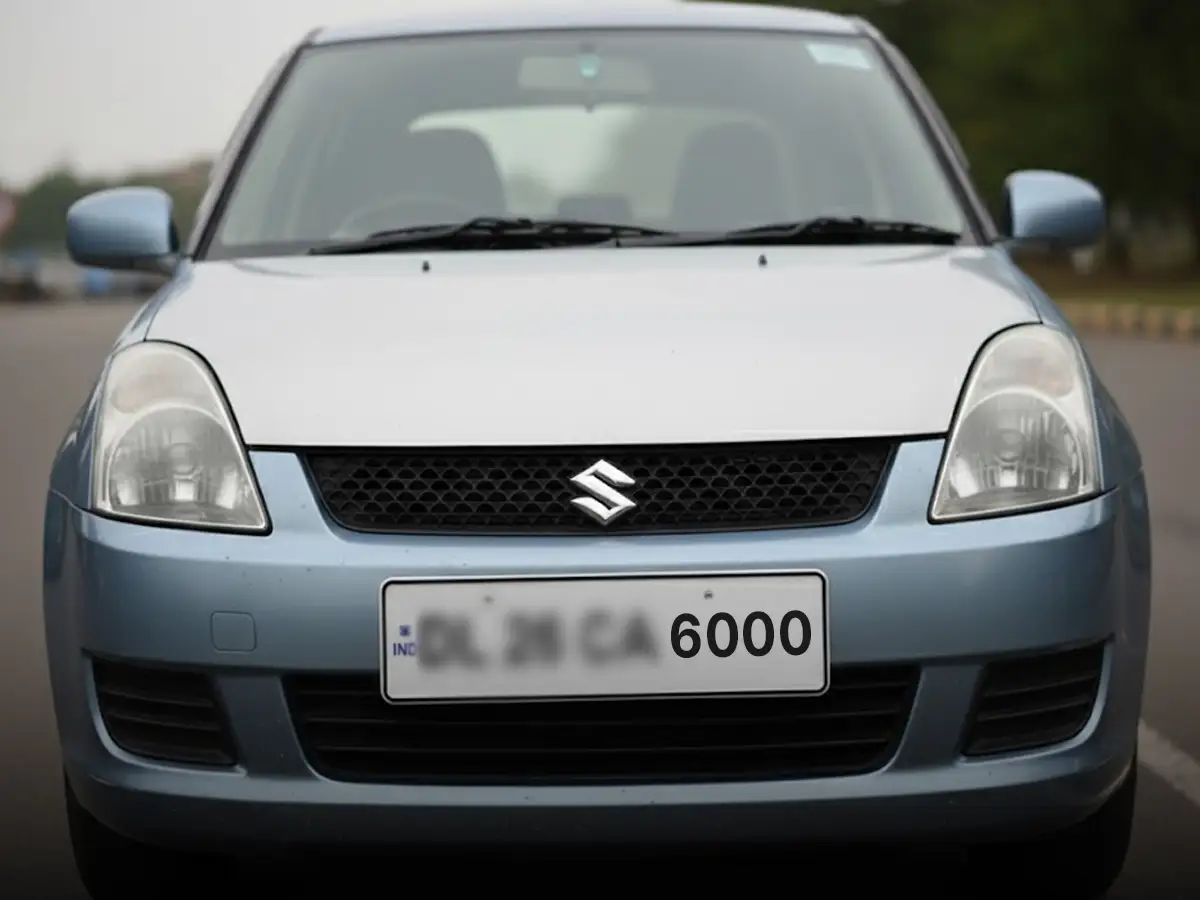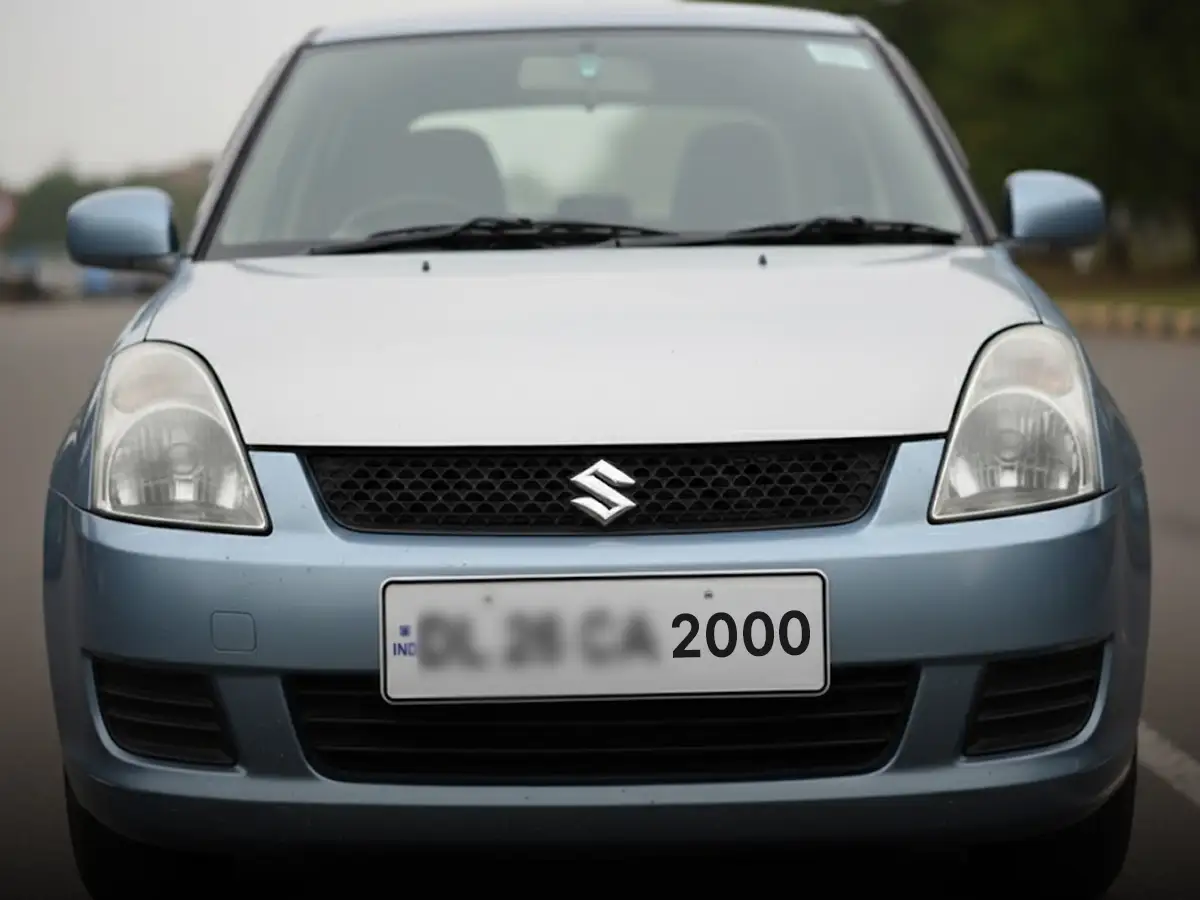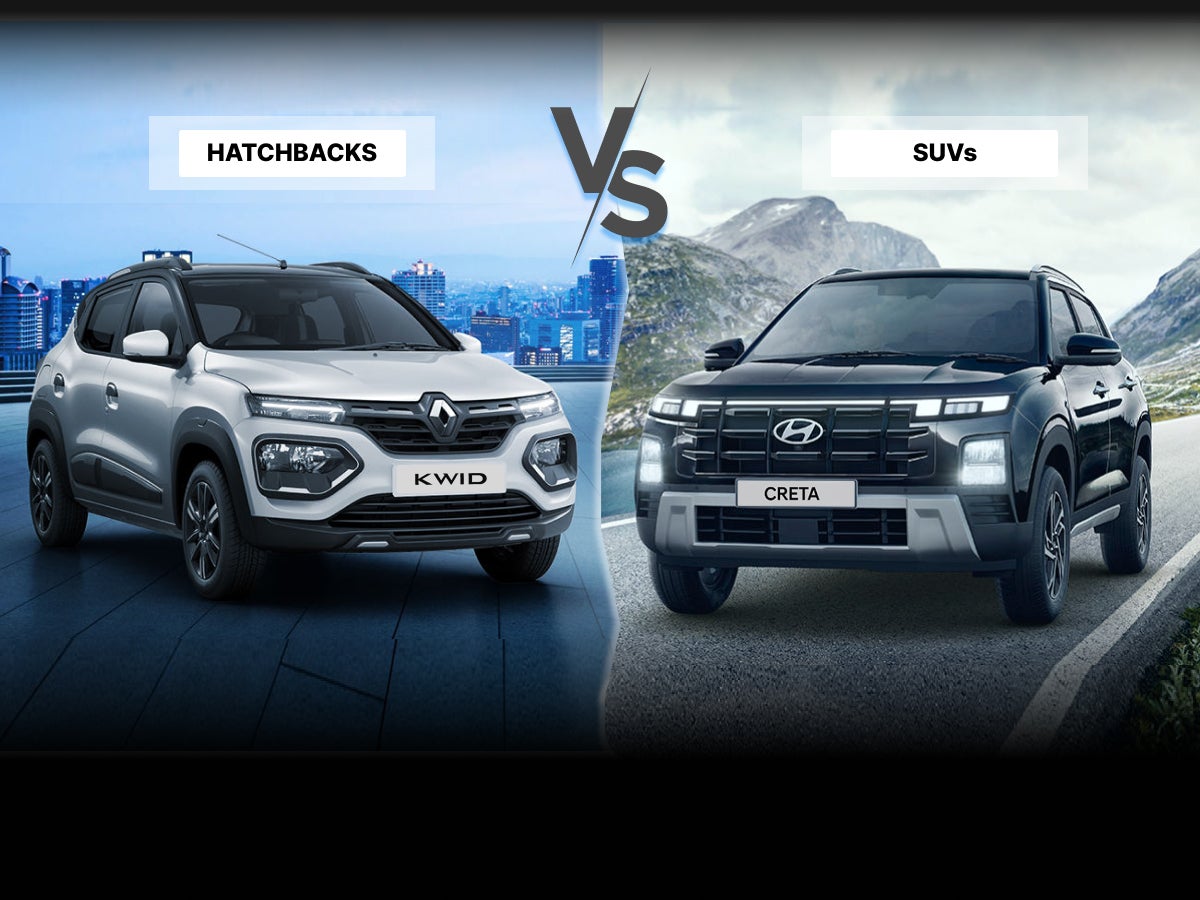

Are hatchbacks losing ground to SUVs in India?
As SUVs continue to gain popularity in India, the trend for hatchbacks has been on a continuous decline. Back in 2018, hatchbacks made up about 47.4% of all passenger vehicles on the road, whereas come 2024, that number has seen a steep decline to a mere 27.7%. Additionally, FY18 saw a sales figure of 15,58,787 hatchbacks out of the total 32,28,581 passenger vehicles. However, that number declined to only 11,68,593 in FY24, whereas the total number of vehicle sales increased to 42,18,746. This accounts for a drop of 25% for hatchback sales.
Are hatchbacks a thing of the past?
Individual car manufacturers also saw a steep decline in hatchback sales from 2023 to 2024. Popular car models from Maruti Suzuki, like the Swift and Baleno, saw a decline in sales. In July 2023, the Swift sold 17,896 units, whereas in July 2024, the figure stood at 16,854, accounting for a 1,042 drop in total units sold, nearing a 5.82% decline. The Baleno, on the other hand, saw a much steeper decline, with 16,725 units sold in July 2023, as compared to the 9,309 units sold in July 2024, marking a difference of 7,416 and a decline of 44.34%. The Celerio and Ignis also witnessed diminished sales from July 23 to July 24, with a decline of 14.79% and 31.24% respectively.
Tata Motors also saw a similar trend with hatchback sales, with popular models like the Tiago and Altroz losing ground. In July 2023, the Tiago sold 8,982 units, whereas in July 2024, that number dwindled to 5,665, resulting in a difference of 3,317 units, or a decline of 36.93%. The Altroz, just like the Baleno, saw a steeper decline, with 7,817 units sold in July 2023 as compared to the 3,444 units sold in July 2024, a difference of 4,373 units and a decline of 55.94%.
SUVs, the new people’s choice!
These figures are a clear indicator of the receding demand for hatchbacks in India, but why exactly is this decline occurring? The Indian consumer is now more inclined towards SUVs, especially since the rise of the sub four-metre SUVs like the Hyundai Venue, Kia Sonet, Nissan Magnite and Renault Kiger. Hatchback prices have increased exponentially over the years, especially in the premium hatchback segment, and sub four-metre SUVs cost only about 10 to 20% more. These factors majorly contribute to the rise in SUV sales. SUVs also offer more space and road presence than hatchbacks, making them more desirable.
Additionally, crossover style SUVs are not as expensive to manufacture, and automakers can sell them at a premium as customers are willing to pay the higher price. This allows for better margins for the manufacturer, which is why car brands today prefer to market SUVs and crossovers over hatchbacks and sedans.
What does the future hold for hatchbacks?
Even though the demand for hatchbacks has been falling in recent years, prominent hatchback manufacturers like Maruti Suzuki foresee the demand to rise again in the near future. Shashank Srivastava, Senior Executive Officer at Maruti Suzuki, stated affordability, increase in commodity prices and strict regulations as prime causes for the decline in demand for hatchbacks. However, he suggested that the market is expected to turn around for the segment in the second half of 2026, should income levels increase and the economy records faster growth.
